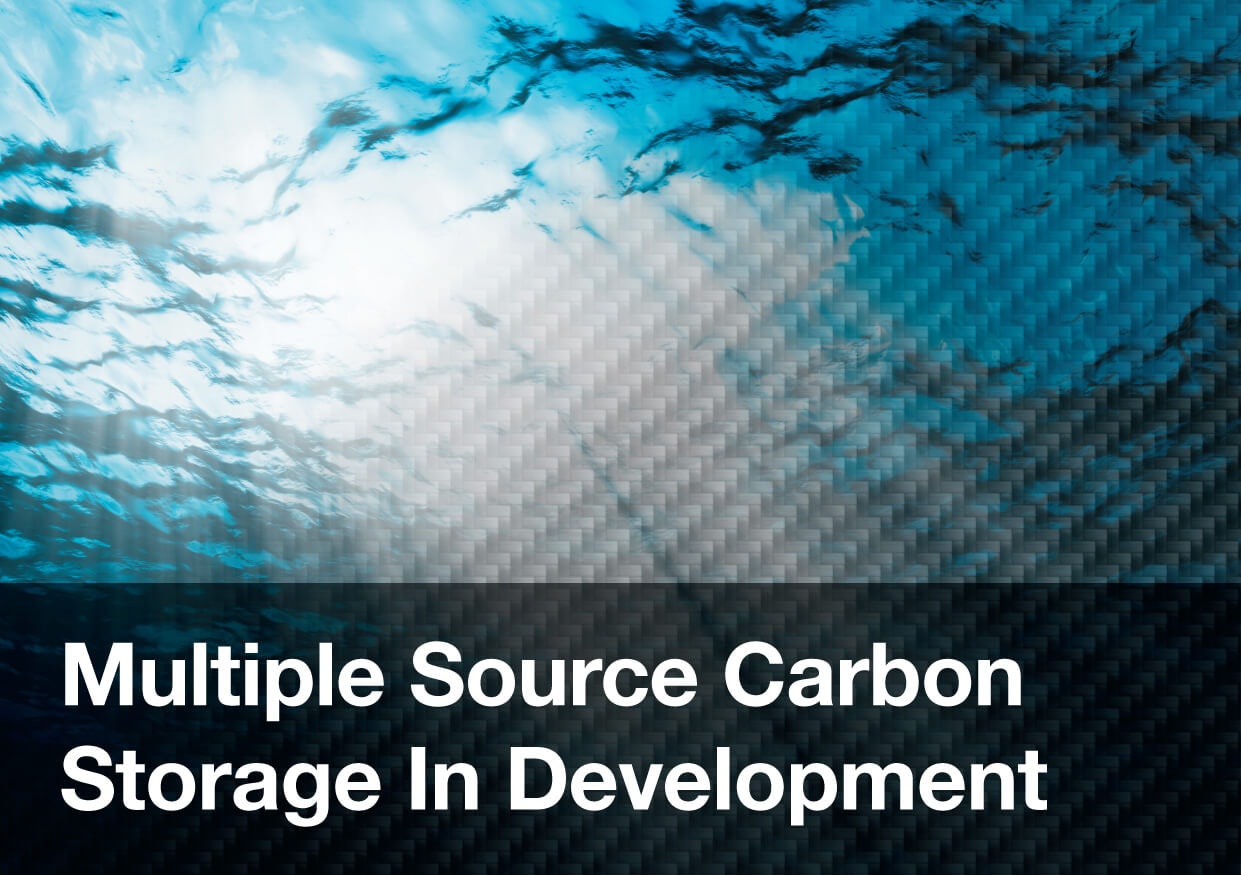Multiple Source Carbon Storage In Development
A short time ago Dashboard reported on the new possibility of placing data centres underwater and how many big companies, including Microsoft and Google, found the trend very promising.
The idea of a low-maintenance, low-cost storage facility within secure surroundings is an appealing alternative to an on-ground solution that constantly incurs costs for rent, utilities, etc. The same concept is now being explored as a form of carbon storage.
The initiative has been taken by Statoil, who believe storing carbon underwater is the most effective way. Their vision consists of a facility off the Norwegian coast with carbon being stored from multiple industrial sources and more than one country. While the idea itself isn’t new, the multiple source aspect would be a world first, as the norm is to only receive carbon from one producing point.
Statoil’s plan, however, is to capture the carbon from three different onshore industrial facilities and transfer it to a receiving plant by ship. The pump of the receiver would then move the carbon to tanks, which, in turn, would transfer it into pipelines connecting to injection wells.
As these carbon injection solutions have been intensely researched by experts in the field for a long time, Statoil’s intentions are met with not only intrigue but excitement. This would significantly help companies reduce emissions as well as reach the newest targets set by the Paris agreement. Another use for the solution is a storage space for hydrogen producers who use natural gas for their processes, generating carbon as a by-product.
Currently the plans look promising, as an earlier study found that this process would be feasible to capture and store the carbon. Now, the next steps are to conduct further studies on the concept itself as well as pre-engineering details to complete the evaluation of the proposal, including the financial side to show to potential investors.
Statoil’s Vice President for New Energy Solutions, Irene Rummerhoff, says Statoil have much faith in the idea. It will provide a new collaboration model from carbon capture to ship transportation and “in addition, this may be the start of the world’s first CCS network across national borders. Much work remains, but if we are successful, this may open new business opportunities,” she says.
While the company driving the initiative comes from a heavy oil background, it could benefit more industries. Underwater carbon storage can be very useful for manufacturing, mining and automotive sectors, to name a few, and the described distribution plan would allow for carbon to be delivered to multiple sources simultaneously. This is the reason Dashboard likes the idea of an underwater carbon storage; it breaks boundaries between sectors and makes carbon storage easier and more cost-effective than before.
